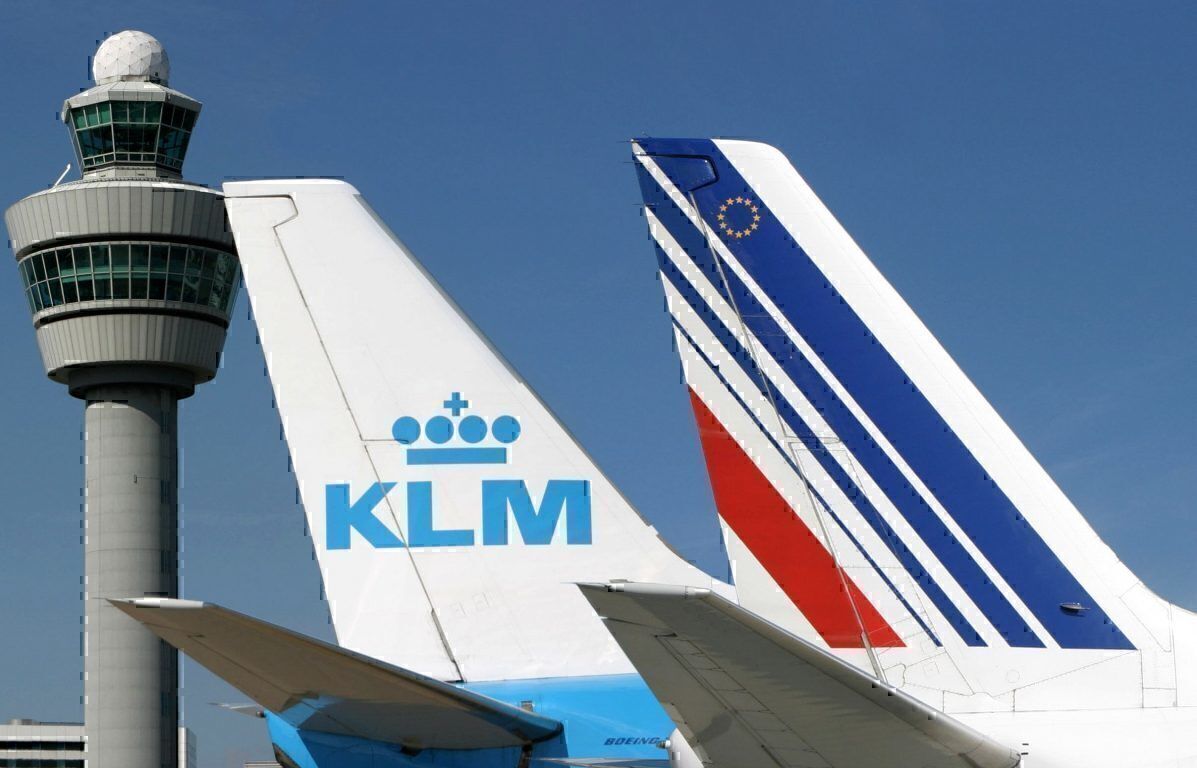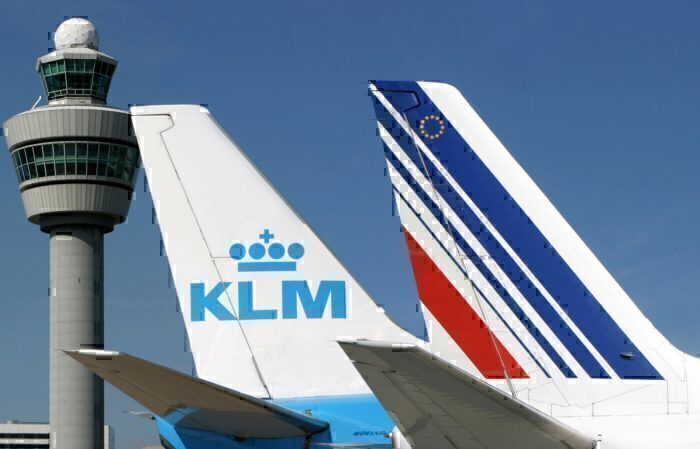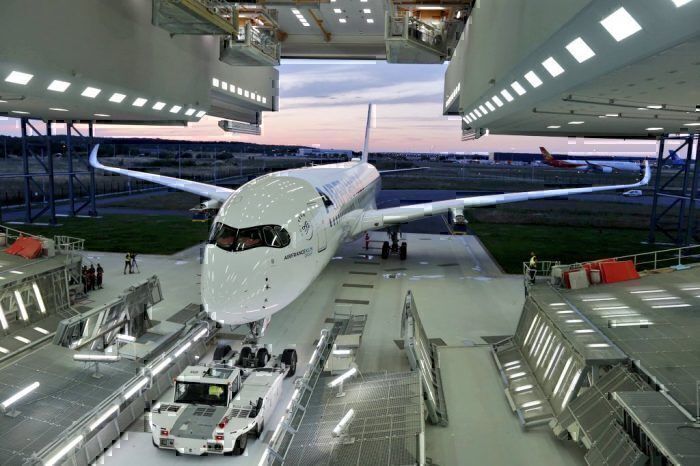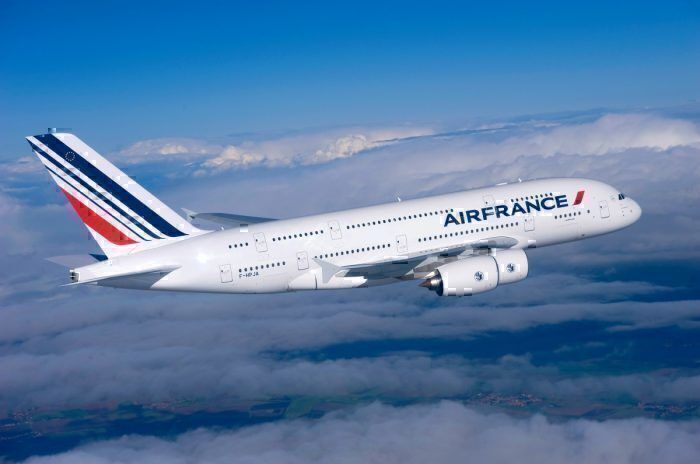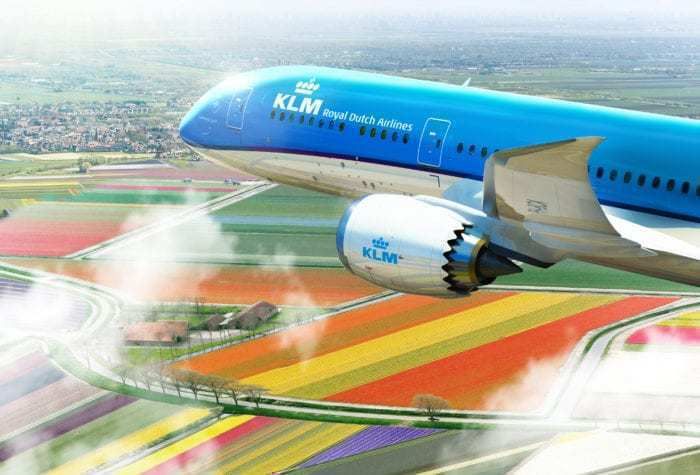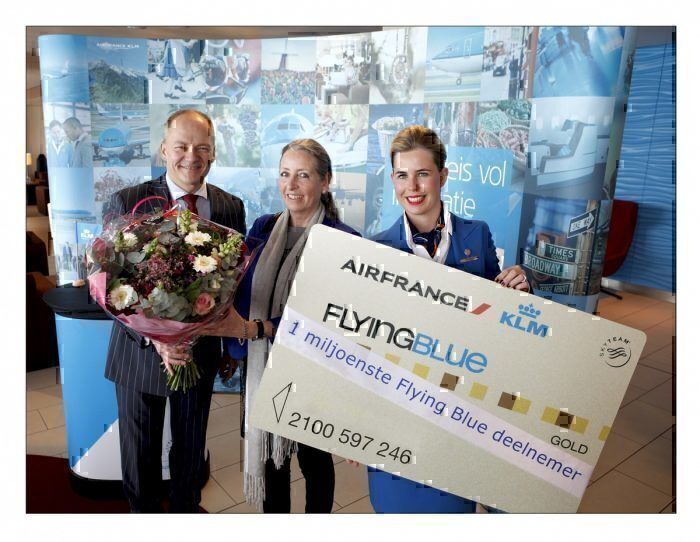This year KLM celebrated its 100th Anniversary as the world's oldest airline. 14 years later, in 1933, Air France was founded. The two airlines have seen great success but have also faced many challenges in the crowded and highly competitive European market. 15 years ago, in 2004 Air France and KLM joined forces to become the Air France KLM Group and the "largest European airline group" according to the KLM website. This is the story of the two European giants and how they eventually joined forces in order to stay competitive.
The world's oldest airline
While British Airways might have something to say about the title, KLM asserts its right to be called the world's oldest airline operating under the same name today as when it was founded.
"In 1919, KLM Royal Dutch Airlines was founded. KLM is Dutch for Koninklijke Luchtvaart Maatschappij (literally: Royal Aviation Company)" -KLM Website
In its first year the airline recorded flying 345 passengers as well as 25,000 kilograms in mail and cargo. Ten years later in 1929 the airline offered a regularly scheduled, multi-stop service between Amsterdam and Indonesia's capital.
Nowadays, the airline flies to destinations all over the world - except for Antarctica and Australia. This is done with its fleet of 116 aircraft which still, for better or for worse, include the aging Boeing 747 - in this case the unique 747-Combi. The airline also just received its first Boeing 787-10 recently. According to Travel Codex, the airline has historically operated aircraft like the Airbus A310, the Boeing 767, and the McDonnell-Douglas MD-11.
Flying the French flag
Though a younger airline at 86 years old, Air France has an equally interesting history as it started as a merger of multiple airlines:
Encouraged by the Minister for Air Transport, Pierre Cot, the major French airlines joined forces. Air Orient, Air Union, Lignes Farman, CIDNA and, later, Aéropostale joined by merger and acquisition to become a single national airline, founded on 30 August 1933. -Air France
With a strong colonial history, the airline had an extensive international network even in its early years. Even in its early years the airline was flying to the cities of Stockholm, Tunis, Santiago de Chile, Saigon. In those days its network was divided into five sectors: Continental Europe (based at Le Bourget), the Mediterranean (Marignane), the Americas (Buenos Aires), Africa (Toulouse) and the East (Damascus).
Air France has had an interesting fleet in recent decades. Air France is one of only two airlines that operated the iconic supersonic Concorde and was an early adopter of the Airbus A380. While very special aircraft in their own right, the Concorde crash of Air France flight 4590 in 2000 was the downfall of the program. Furthermore, the operating costs and challenging economics of the A380 has led to the discontinuation of the A380 program, with Air France phasing out the jets by 2022.
According to Business Insider, the airline now ranks as the 18th largest airline in terms of seat capacity with a fleet of 206 aircraft. This fleet will soon include the Airbus A350.
Joining forces - 15 years and counting
In May 2004, Air France and KLM Royal Dutch Airlines joined forces in a historic merger. The Air France KLM Group is the largest European airline group and an interesting business case. In fact, each airline has avoided a complete merger in terms of branding.
The two airlines have retained their individual identities, trade names and brands. While heavily integrated, the two airlines run their own operations from their respective hubs Paris-Charles de Gaulle and Amsterdam-Schiphol. The two airports represent the 2nd and 3rd largest in Europe and according to International Airport Review, are the 10th and 11th largest in the world this year.
This is what the KLM website has to say about their current operations:
"AIR FRANCE KLM Air France and KLM carry more than 77 million passengers per year. They operate 573 aircraft enabling them to fly to 243 destinations in 103 countries. Members of the joint AIR FRANCE KLM frequent flyer programme Flying Blue earn Miles and claim rewards on both airlines’ routes."
Extensive integration
The cooperation of the two airlines has been seen as necessary to survival in the competitive European market. In fact, in terms of legacy carriers, there are two large airline groups the Air France KLM has to compete with: IAG and the Lufthansa Group. Joining forces has allowed the two airlines to cooperate in interesting ways:
- Both Air France and KLM have the same loyalty program: Flying Blue
- The two airlines were able to easily "swap" their new aircraft orders - with Air France taking KLMs A350 orders and Air France giving its 787 orders to KLM.
- With a highly integrated network, flying intra-European and inter-continental routes mean that passengers might connect through Amsterdam on the outbound journey and Paris on their return (or vice-versa).
As an Air France-KLM frequent flyer, I was able to personally experience another benefit of their extensive integration. In late July, Amsterdam's airport was experiencing chaos with cancellations and delays as it was unable to refuel aircraft. Flying from Berlin to Milan, my flight was updated at the last minute. This meant changing from a KLM flight via Amsterdam to an Air France flight via Paris. This was a nearly seamless process for me as I was updated via mobile app and email and flight times were incredibly similar (though I personally prefer connecting through Amsterdam).
Headwinds
It hasn't been a complete walk in the park for the two airlines. In February, the Dutch government purchased a 12.68% stake in the Air France-KLM group. It is believed that the Dutch intend to eventually match the 14.3% stake held by the French government. The intention of the purchase was to protect the Dutch government’s interests in its national airline. However, this caused quite a stir with their french counterparts.
The move was criticised by the French government, specifically by French Finance Minister, Bruno Le Maire. Le Maire spoke of how Air France-KLM should be “managed without national public interference”. In a similar air the French President, Emmanuel Macron, believes the Dutch government should clarify its intentions.
Conclusion
There is little doubt that French and Dutch cultures are distinctly different. Therefore, it is a great testament that the two airlines have cooperated for 15 years now despite occasional tension. It will be interesting to see how the aviation market continues to develop and if the airline group can manage to hold its ground against the powerhouse that is the Lufthansa Group.
Have you flown Air France or KLM recently? Let us know how your experience was by leaving a comment!

